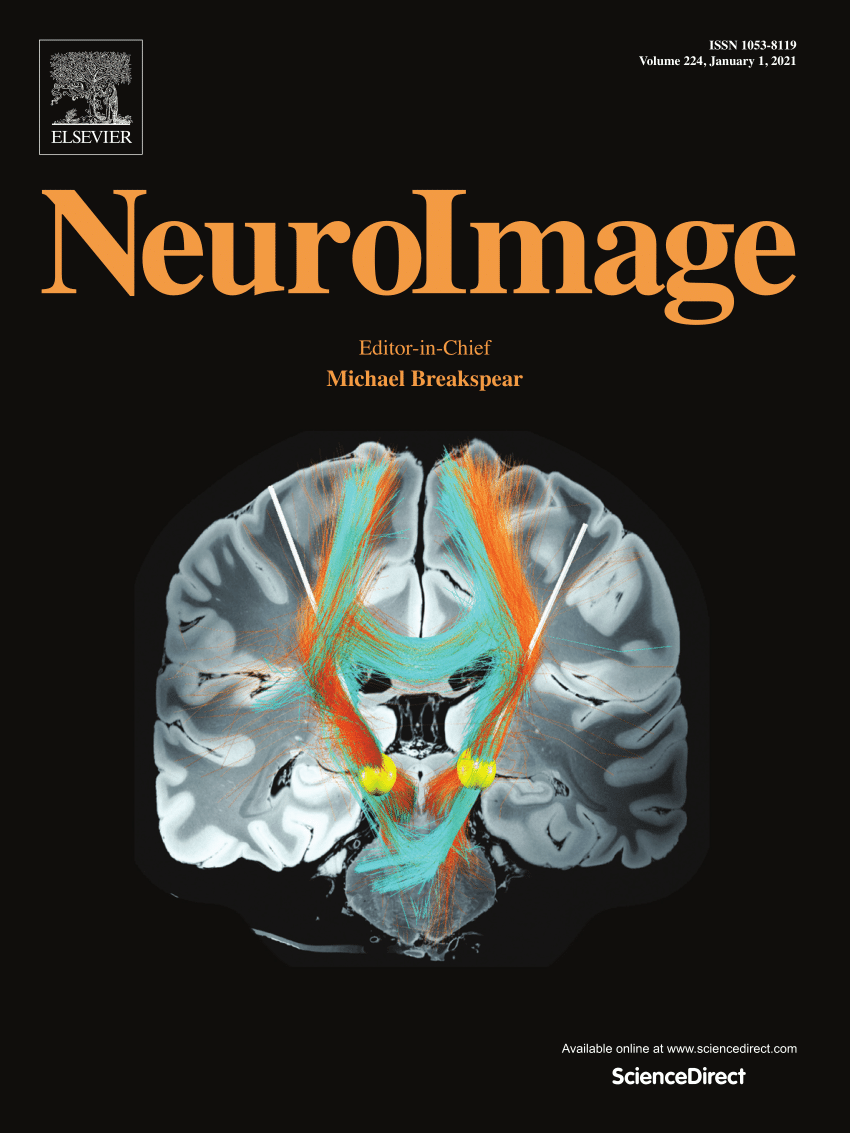Dynamic changes in brain function during sleep deprivation: Increased occurrence of non-stationary states indicates the extent of cognitive impairment
IF 4.7
2区 医学
Q1 NEUROIMAGING
引用次数: 0
Abstract
Objective
The brain networks are inherently dynamic, constantly adjusting and reorganizing over time; therefore, the cognitive impairment caused by sleep deprivation (SD) should also exhibit dynamism. However, previous studies on SD that have provided valuable insights predominantly rely on static functional connectivity (FC) analysis. Hence, this study aims to employ dynamical FC (DFC) analysis to capture the dynamic changes in cognitive impairment during SD.
Methods
The data from 32 subjects, encompassing resting state and psychomotor vigilance task (PVT) functional magnetic resonance imaging data collected at five different timepoints (22:00, 00:00, 02:00, 04:00 and 06:00) during a whole night were acquired. Dynamic functional connectivity (DFC) analysis was employed to assess alterations in brain states across the five timepoints, resulting in the identification of three distinct DFC states.
Results
After conducting ANOVA analysis, significant changes were observed in the fraction rate of state 1 (non-stationary state) across five timepoints in both resting and task conditions. The transition time corresponding to state 1 consistently showed an increase over time. Furthermore, task condition-related DFC metrics, particularly those associated with state 1, exhibited significant correlations with PVT metrics across five timepoints as well as their changes.
Conclusions
The collective findings suggest that cognitive impairment resulting from sleep deprivation is a dynamic process, with state 1-related indicators exerting the most significant influence on cognition.
求助全文
约1分钟内获得全文
求助全文
来源期刊

NeuroImage
医学-核医学
CiteScore
11.30
自引率
10.50%
发文量
809
审稿时长
63 days
期刊介绍:
NeuroImage, a Journal of Brain Function provides a vehicle for communicating important advances in acquiring, analyzing, and modelling neuroimaging data and in applying these techniques to the study of structure-function and brain-behavior relationships. Though the emphasis is on the macroscopic level of human brain organization, meso-and microscopic neuroimaging across all species will be considered if informative for understanding the aforementioned relationships.
 求助内容:
求助内容: 应助结果提醒方式:
应助结果提醒方式:


